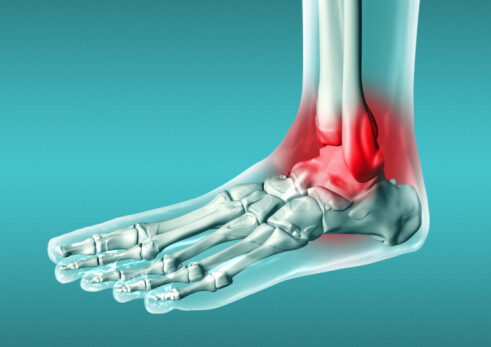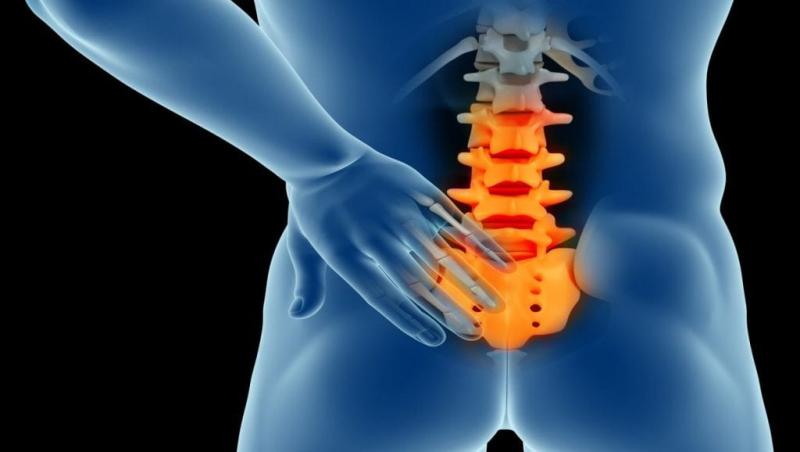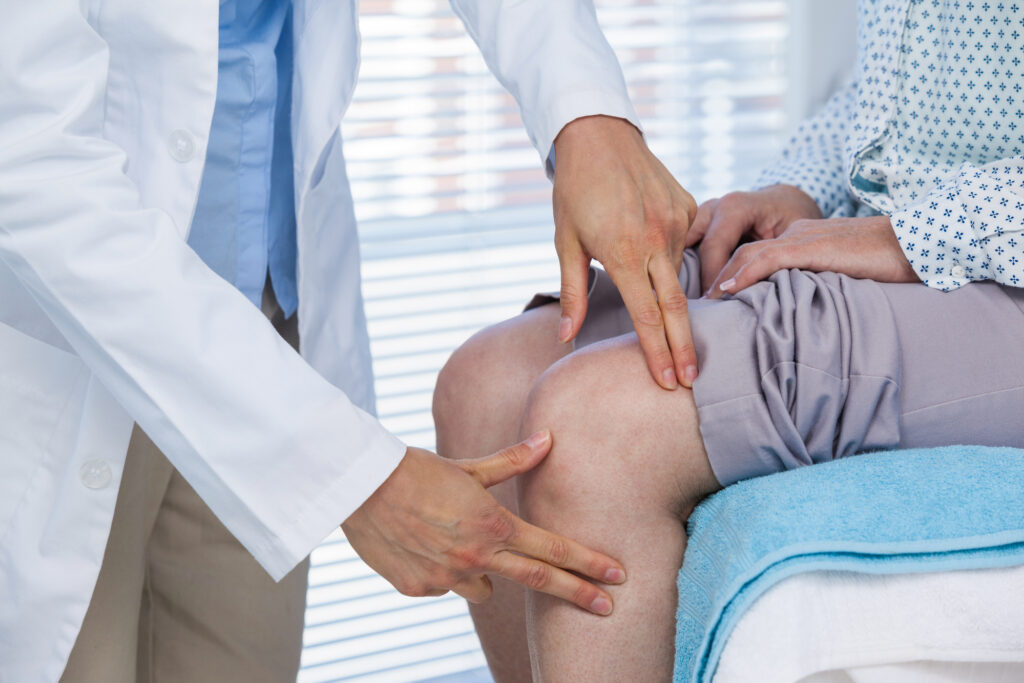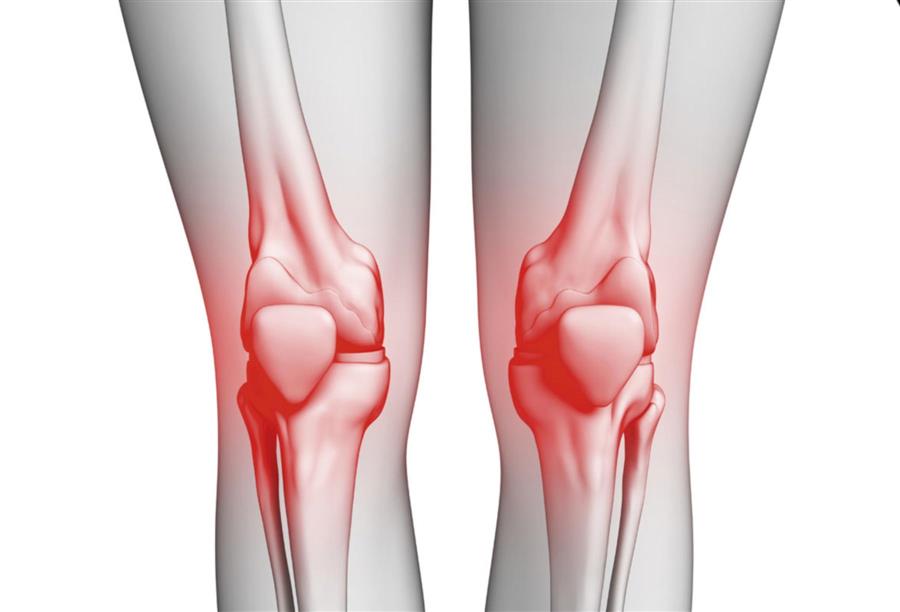Symptoms of Plantar Fasciitis
Plantar Fasciitis is considered one of the diseases resulting from severe stress that occurs to the body and is the result of many causes that lead to the formation of plantar fasciitis and can affect the joints, but it mostly occurs in the soles of the foot and extends to the heel, which results in sharp pain, and more details can be identified through the next article.
Plantar Fasciitis
It is one of the diseases resulting from the presence of inflammation that affected the soles of the foot, and the heel was severely injured, and the pain extends to the toes and makes the person uncomfortable from walking, and most sports practitioners are the most vulnerable to inflammation and plantar fasciitis.
Causes of Plantar Fasciitis
The occurrence of plantar fasciitis in the foot is related to great stress that occurred on this part of the body, and many reasons may lead to the occurrence of plantar fasciitis for the injured person, including the following:
- Talk to sports players.
- They occur when the foot is overexerted.
- It occurs when wearing high-heeled shoes.
- Occurs when exposed to obesity.
How do I know if I have Plantar Fasciitis?
A person with plantar fasciitis may show some symptoms and signs that indicate the speedy start of treatment and work to dissolve the plantar fasciitis and improve the condition of the patient, and one of the most common symptoms is a pain in the foot and toes that reaches the heel and starts slightly and then increases over time.
Symptoms of a plantar fasciitis
Here are some signs of a bone marrow injury:
- Neck pain extending to the back.
- The presence of pain or tingling in the foot as a result of the injury.
- Weakness in the lower extremities.
- Stiffness in the back.
- Difficulty moving the leg.
- Dissolving the plantar fasciitis.
There are more than one methods through which plantar fasciitis can be dissolved and the acute pain and symptoms caused by plantar fasciitis can be eliminated, and the treatment methods include the following:
- Using ice packs that improve the patient’s condition.
- Adding nutritional supplements to your day, especially those that contain calcium, because its deficiency causes bone forks.
- Reducing high-heeled shoes, as they cause stress to the feet.
- Use shocking needles and waves.
- You can use exercises that help improve the condition of the affected part, including stretching exercises.



















